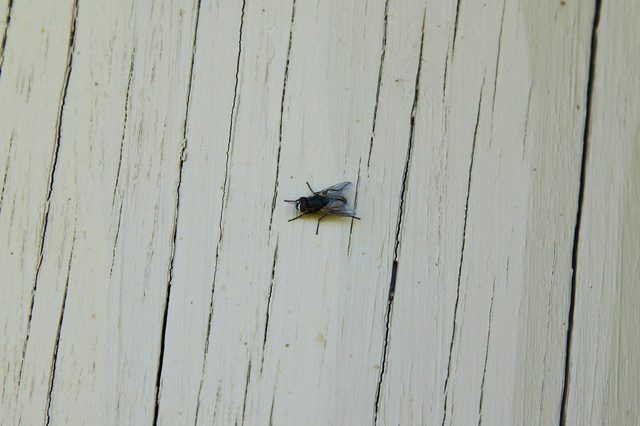Bulbs
Flower Basics
Flower Beds & Specialty Gardens
Flower Garden
Garden Furniture
Garden Gnomes
Garden Seeds
Garden Sheds
Garden Statues
Garden Tools & Supplies
Gardening Basics
Green & Organic
Groundcovers & Vines
Growing Annuals
Growing Basil
Growing Beans
Growing Berries
Growing Blueberries
Growing Cactus
Growing Corn
Growing Cotton
Growing Edibles
Growing Flowers
Growing Garlic
Growing Grapes
Growing Grass
Growing Herbs
Growing Jasmine
Growing Mint
Growing Mushrooms
Orchids
Growing Peanuts
Growing Perennials
Growing Plants
Growing Rosemary
Growing Roses
Growing Strawberries
Growing Sunflowers
Growing Thyme
Growing Tomatoes
Growing Tulips
Growing Vegetables
Herb Basics
Herb Garden
Indoor Growing
Landscaping Basics
Landscaping Patios
Landscaping Plants
Landscaping Shrubs
Landscaping Trees
Landscaping Walks & Pathways
Lawn Basics
Lawn Maintenance
Lawn Mowers
Lawn Ornaments
Lawn Planting
Lawn Tools
Outdoor Growing
Overall Landscape Planning
Pests, Weeds & Problems
Plant Basics
Rock Garden
Rose Garden
Shrubs
Soil
Specialty Gardens
Trees
Vegetable Garden
Yard Maintenance
How to Repel Bugs with Pennies, Water & Plastic Bags
How to Repel Bugs with Pennies, Water & Plastic Bags. Black flies, mosquitoes and other flying pests can invade your patio and garden, making them uncomfortable places to relax or work. Homemade fly bags are a chemical-free fly-repelling method that doesn't depend on awkward-to-use and unattractive flypaper or flytraps. Whether or not these bags of...
Black flies, mosquitoes and other flying pests can invade your patio and garden, making them uncomfortable places to relax or work. Homemade fly bags are a chemical-free fly-repelling method that doesn't depend on awkward-to-use and unattractive flypaper or flytraps. Whether or not these bags of water and pennies actually repel flies and other insects is up for debate, although some users swear by their efficiency.
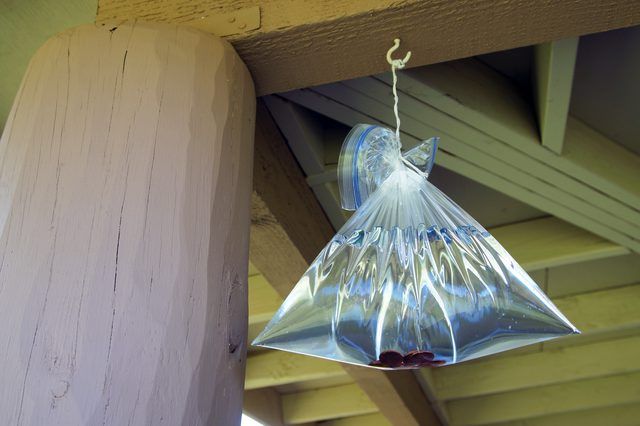
Fly bags consist of plastic bags filled with water, and often shiny pennies are added to further confound insects. Durable, clear, 1-gallon, plastic, zip-top bags work well, but use the sturdy, freezer-safe variety or double bag the water. You can use different bags, but ensure they are sturdy enough to hold the water's weight without bursting. Fill one-half to two-thirds of each bag with plain tap water. Popular wisdom varies on the amount of pennies to use, with one to four being the common recommendation, but sometimes more are used.
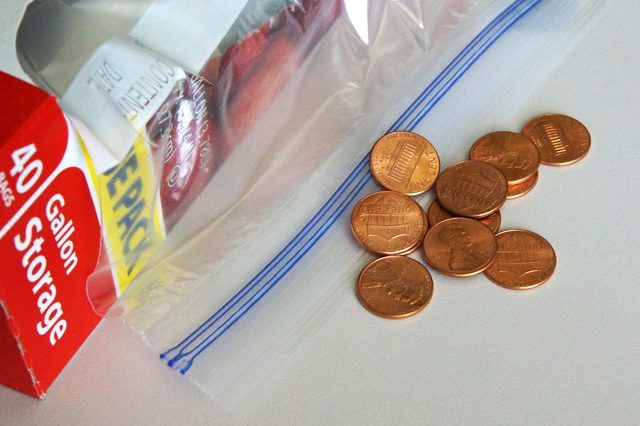
Hang the bags where flies are troublesome and where sunlight can reach them to cause reflections in the water. Tying a piece of sturdy twine around the top of each bag to create a loop provides a hanger. Hang each bag's loop from a ceiling hook sturdy enough to hold the filled bag's weight. An option is to hang the bags from shepherd's hook plant hangers or from nails driven into fence posts or outdoor walls.
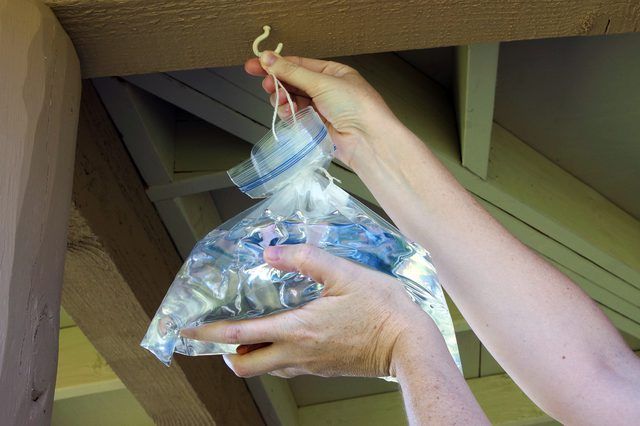
Not all fly bags are composed of water or water and pennies. Some fly bags include small pieces of aluminum foil in their water instead of pennies. If it's light reflections that drive off flies, then any shiny material that reflects well through the bags' refracting water should suffice.
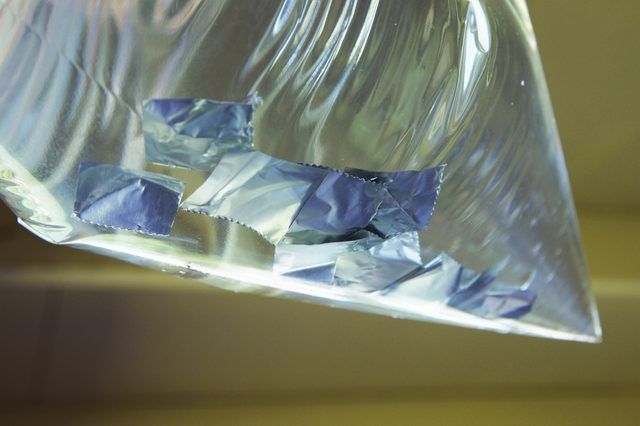
Theories abound about whether or not, and why, fly bags repel flies or other insects. Those people who swear by the use of fly bags insist the light reflections of the water and pennies confuse the compound eyes of the flying pests, causing them to go elsewhere. Other people theorize that the bags scare away flies, either because they resemble wasp nests or because the flies' own large reflections in the water scare them. Insect expert Zack Lemann, who is with the Audubon Insectarium, however, said in a NOLA.com, Times-Picayune article that he and some Audubon Institute workers haven't found the bags to be effective.
